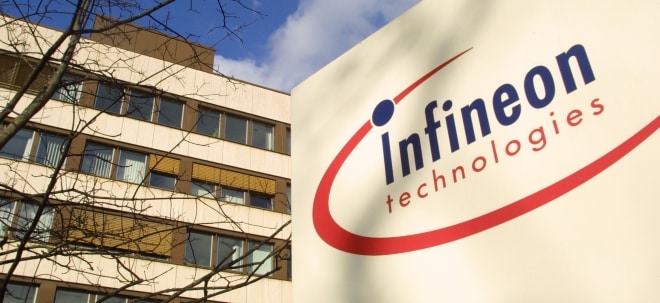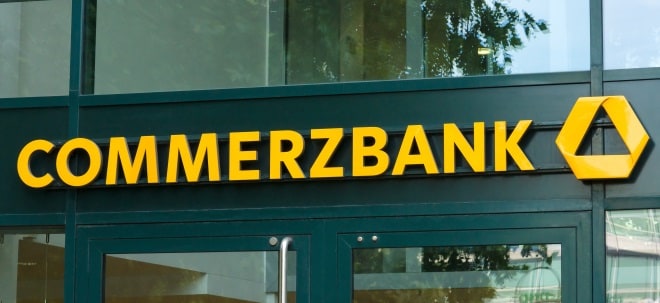Chronic Stroke Survivors Demonstrate Long-Term Improvement in Motor Impairment with Vivistim Therapy
A 1-Year Follow-Up Study Published in the Peer-Reviewed Journal Stroke Validates Effectiveness of Paired Vagus Nerve Stimulation Therapy for Improved Upper Limb Function
AUSTIN, Texas, May 7, 2025 /PRNewswire/ -- MicroTransponder®, Inc., a commercial-stage medical technology company and developer of the breakthrough Vivistim® Paired VNS™ System for chronic stroke recovery, today announced the publication of new findings in the peer reviewed medical journal Stroke validating the beneficial long-term outcomes of Paired VNS™ Therapy. The findings demonstrate that stroke survivors treated with paired vagus nerve stimulation (VNS) for upper extremity deficits post-stroke had improvements in impairment, activity, participation and quality of life for at least one year after completing therapy.
"Long-Term Outcomes of Vagus Nerve Stimulation Paired with Upper Extremity Rehabilitation after Stroke," as published in the May 2025 issue of Stroke, is a long-term analysis of VNS-REHAB, the pivotal, multicenter, triple-blinded, randomized controlled clinical trial published in The Lancet that served as the basis for FDA premarket approval of the Vivistim® Paired VNS™ System in 2021.
One year after completing Paired VNS Therapy participants maintained significant and clinically meaningful improvements in motor impairment and functional activity as measured by the Fugl-Meyer Assessment –Upper Extremity (FMA-UE) and the Wolf Motor Function Test (WMFT), respectively. Additional patient-reported outcomes demonstrated improvements in activity, participation in daily life and quality of life.
- Average improvement from baseline was FMA-UE: 5.23; WMFT: 0.50
- 66.2% of the 74 participants responded positively to Paired VNS™ Therapy
- Participants reported significant improvements across multiple validated measures:
- Motor Activity Log (amount/quality of upper extremity use in daily activities)
- Stroke Impact Scale - Activities of Daily Living (perceived performance in daily tasks)
- Stroke Impact Scale - Hand (perceived hand function)
- Stroke Specific – Quality of Life Scale (stroke-specific quality of life)
- EQ-5D (overall health-related quality of life)
"These long-term clinical and quality of life outcomes of Paired VNS Therapy are particularly notable because sustained, comprehensive benefits are rarely shown in chronic stroke recovery," said Teresa Jacobson Kimberley, PT, Ph.D., FAPTA, the lead researcher on the study and director of the Brain Recovery Lab at the MGH Institute of Health Professions. "Most stroke survivors need improved hand and arm function because it is essential for nearly every task in daily life, and Vivistim may be the boost that helps get them there."
Collaborating researchers on the follow-up study include Steven C. Cramer, MD, a stroke neurologist at UCLA and medical director of research at California Rehabilitation Institute; Steven Wolf, Ph.D., FAPTA, professor emeritus at Emory University School of Medicine; Charles Liu, MD, Ph.D., director of the USC Neurorestoration Center at Keck Medicine; Perman Gochyyev, Ph.D., statistician at University of California Berkeley; Jesse Dawson, MD, professor of stroke medicine at the University of Glasgow; and the VNS-REHAB Pivotal Trial Group.
Manufactured by MicroTransponder®, Inc., Vivistim was approved in 2021 with the FDA's Breakthrough Device Designation and is the first and only intervention clinically proven to help chronic ischemic stroke survivors regain 2-3 times more upper extremity function than high-intensity stroke therapy alone. In current clinical practice, the Vivistim device is implanted in stroke survivors, enabling therapists to use a wireless remote that communicates with the device to pair vagus nerve stimulation with high-repetition, goal-oriented functional activities to increase neuroplasticity. The standard protocol is for stroke survivors to participate in in-clinic Vivistim Therapy during 90-minute sessions three times a week for six weeks.
This in-clinic Paired VNS Therapy is complemented by self-initiated Vivistim Therapy, which allows stroke survivors to swipe a magnet across the implant to activate vagus nerve stimulation while doing daily activities at home or in the community. The one-year study analysis demonstrates that self-initiated Paired VNS Therapy may facilitate the continued refinement and consolidation of behaviorally relevant activities, resulting in long-term, persistent improvements.
"The growing clinical and real-world evidence supporting Vivistim emphasizes that stroke recovery needs to extend beyond acute intervention. While patients who have lost mobility in their hands and arms following ischemic stroke have previously been limited in their treatment options, the Vivistim Paired VNS Therapy is a breakthrough intervention in establishing a new standard in the stroke continuum of care," said Richard Foust, MicroTransponder's CEO. "With this data, healthcare professionals, including neurologists, physiatrists, neurosurgeons, occupational therapists and physical therapists, can confidently pursue Vivistim Therapy as an evidence-based, clinically proven intervention for ischemic stroke survivors who are 6 months or more post-stroke."
The pivotal VNS-REHAB trial was conducted between October 2017 and June 2022. Researchers note that some therapy and assessments occurred during the COVID-19 pandemic, but improvements were sustained despite how the pandemic may have impacted participants' lives unfavorably. Sex, age, side of stroke, and time since stroke did not significantly impact FMA-UE or WMFT outcomes. No long-term serious adverse events related to therapy or stimulation were reported.
To learn more about the Vivistim® Paired VNS™ System, visit Vivistim.com/health-pros. Tap to review the clinical bibliography and safety information.
About MicroTransponder®, Inc.
MicroTransponder®, Inc., is a commercial-stage medical technology company and developer of the breakthrough Vivistim® Paired VNS™ System for chronic stroke recovery. The privately held company is committed to developing research-based neuroscience solutions that restore dignity and motor function for people with neurological conditions impairing sensory and motor function. MicroTransponder is transforming the stroke continuum of care by integrating Vivistim in premier stroke programs as the first and only FDA-approved intervention that generates two to three times more improvement in upper limb function for chronic ischemic stroke survivors than intense occupational or physical therapy alone. For more information, visit Vivistim.com and review safety information at Vivistim.com/safety.
CONTACT: Kristin Strauder, kristin@microtransponder.com
![]() View original content to download multimedia:https://www.prnewswire.com/news-releases/chronic-stroke-survivors-demonstrate-long-term-improvement-in-motor-impairment-with-vivistim-therapy-302448731.html
View original content to download multimedia:https://www.prnewswire.com/news-releases/chronic-stroke-survivors-demonstrate-long-term-improvement-in-motor-impairment-with-vivistim-therapy-302448731.html
SOURCE MicroTransponder Inc.



